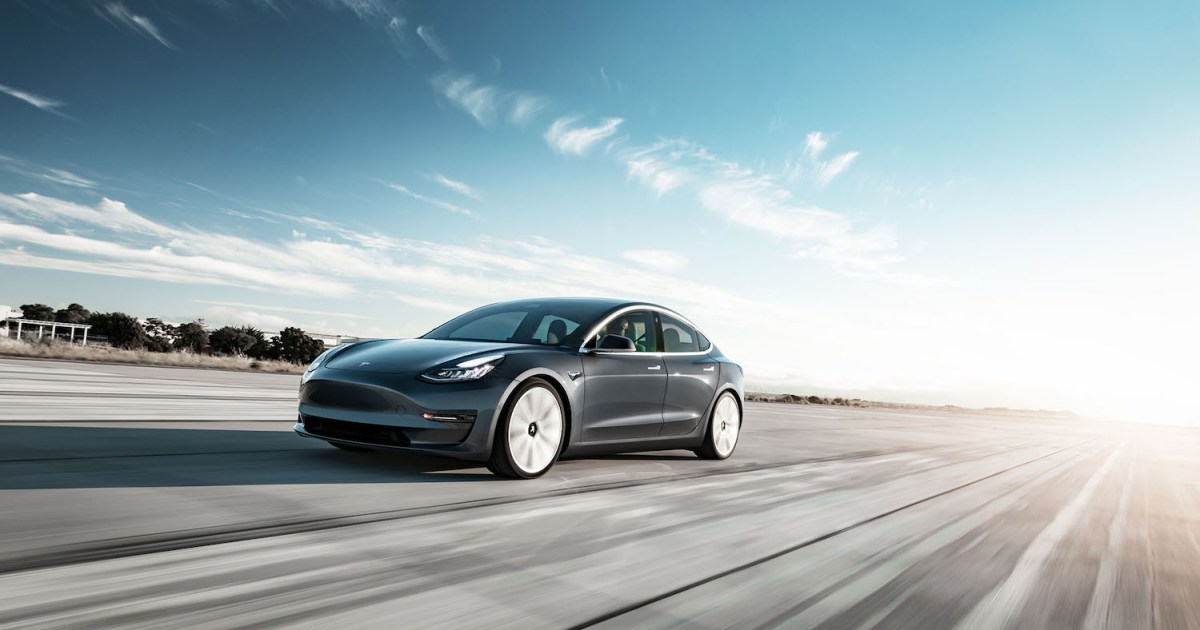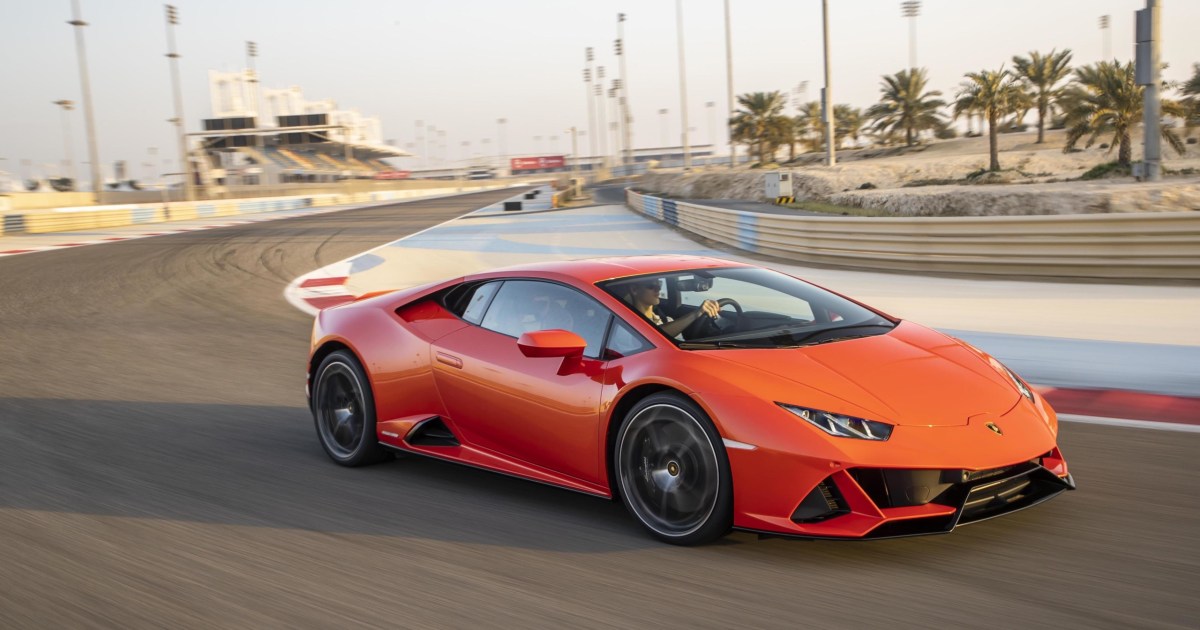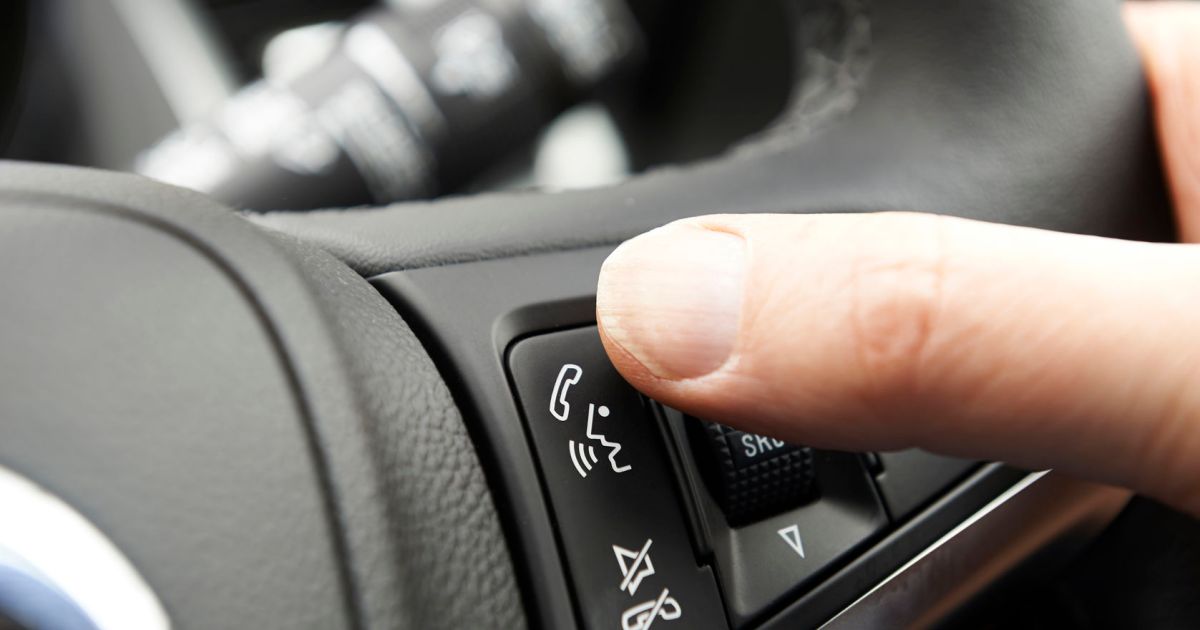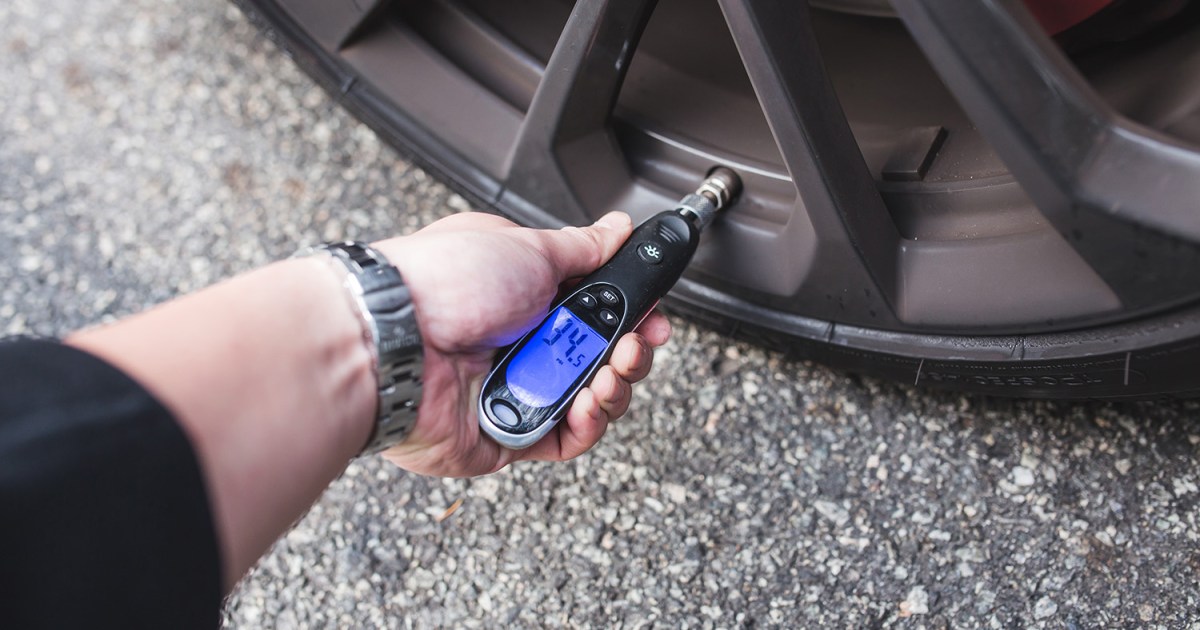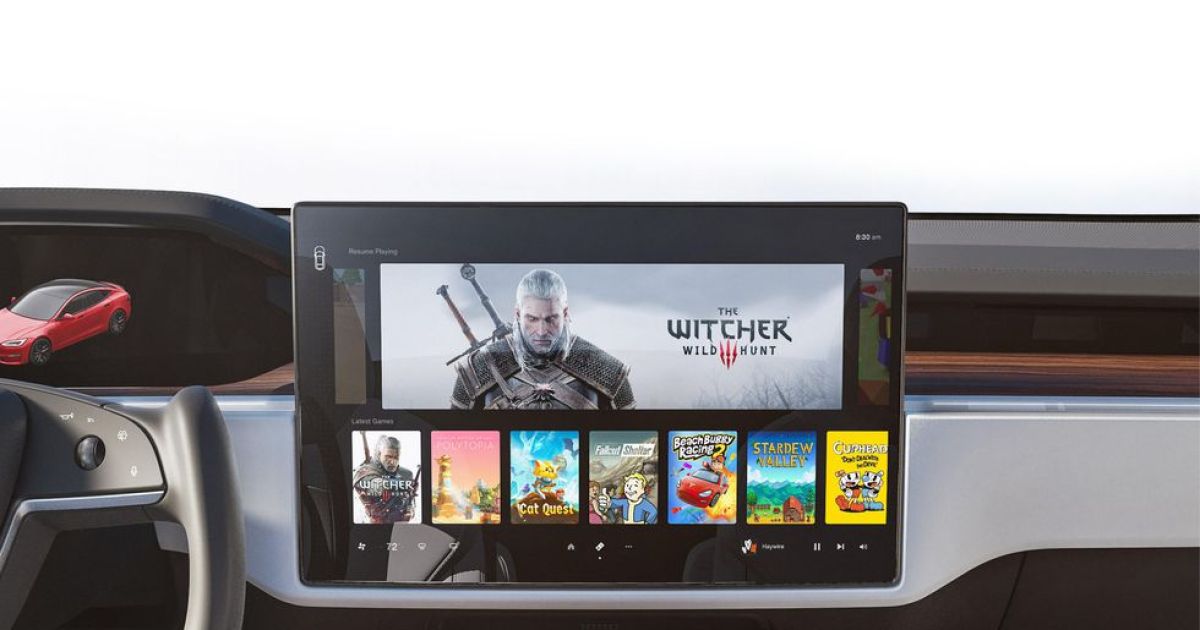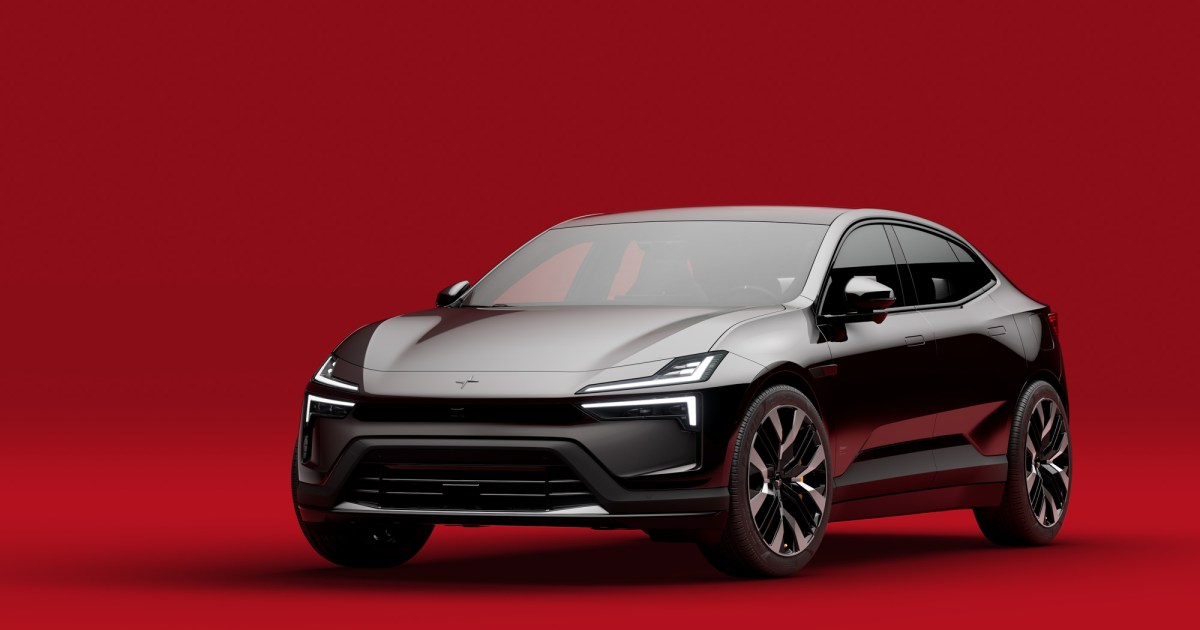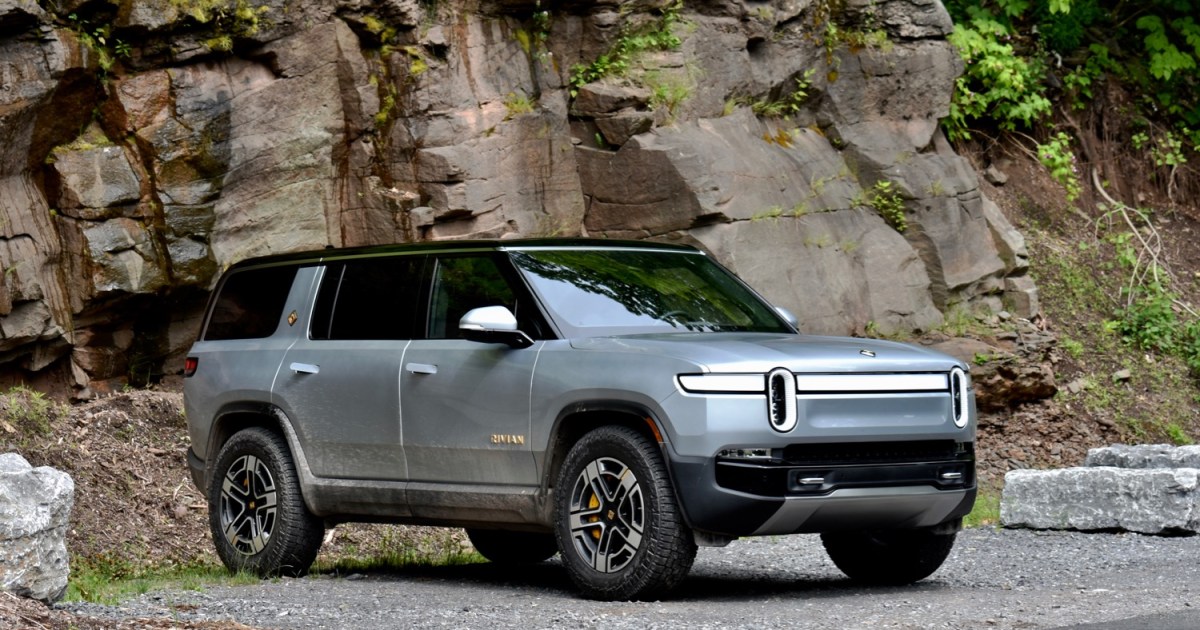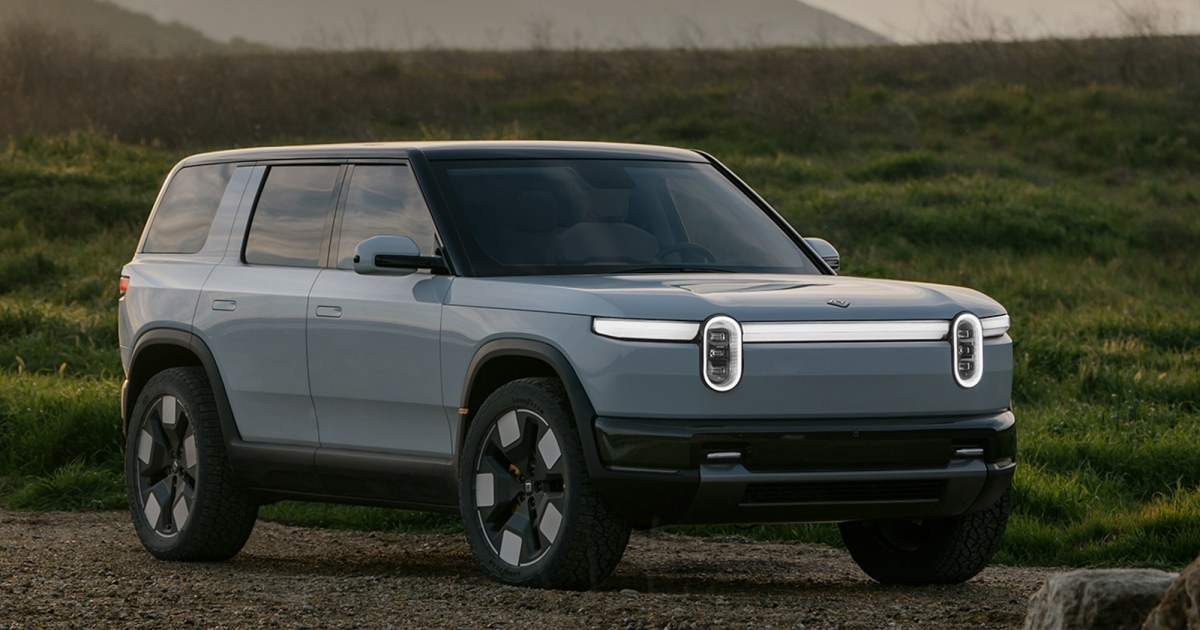Tesla pioneered bringing self-driving technology to the consumer market. Leveraging cameras, sensors, and AI, most Tesla vehicles offer some level of autonomous driving. However, this doesn’t equate to hands-free driving. Driver supervision remains crucial, and the technology has limitations. This article explores the differences between Tesla Autopilot and Full Self-Driving (FSD) and clarifies their capabilities.
Tesla offers two primary autonomous driving systems: Autopilot and Full Self-Driving. What distinguishes them, and is one inherently more reliable? Let’s delve into the specifics of each.
Tesla Autopilot: An Advanced Cruise Control System
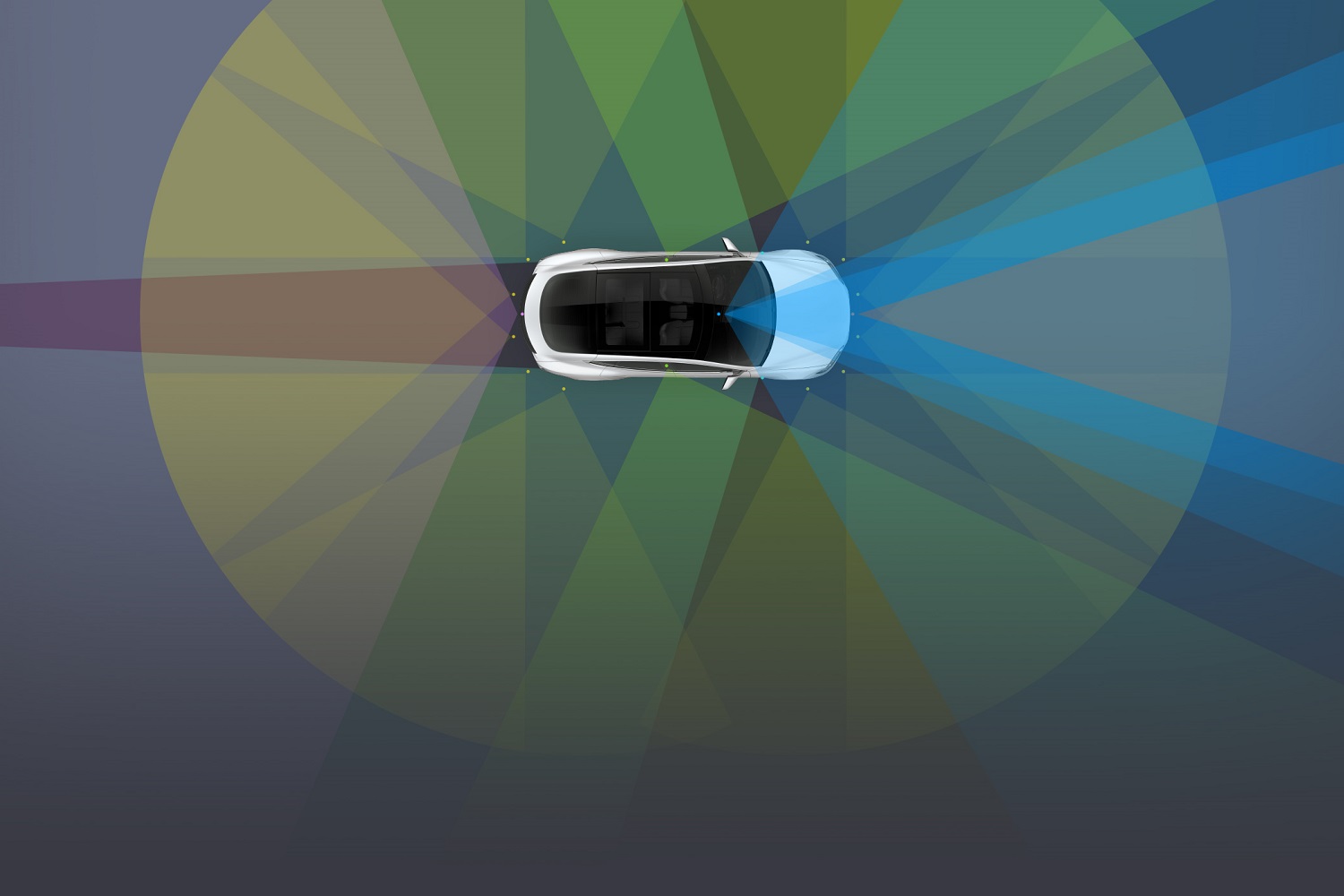 alt textImage used with permission by copyright holder
alt textImage used with permission by copyright holder
Introduced in 2014, Autopilot is Tesla’s foundational autonomous driving feature. Included free with every new Tesla, it acts as an enhanced cruise control system, requiring constant driver oversight. Autopilot utilizes lane centering and adaptive cruise control, enabling the car to maintain its lane position and adjust speed based on surrounding traffic.
These features aren’t unique to Tesla; many other automakers offer similar advanced cruise control systems.
Tesla Enhanced Autopilot: Adding More Autonomous Features
Enhanced Autopilot builds upon the basic Autopilot system, adding features not commonly found in other vehicles. This upgrade comes at a cost of $6,000.
Enhanced Autopilot includes self-parking, automatic lane changes, and Navigate on Autopilot. Navigate on Autopilot guides the car from highway on-ramps to off-ramps, theoretically minimizing driver input. However, drivers must remain vigilant and ready to intervene.
Summon and Smart Summon features allow the car to navigate parking lots and drive to the driver’s location. While features like automatic lane changing are becoming more prevalent, some Enhanced Autopilot features remain relatively exclusive to Tesla.
Tesla Full Self-Driving (FSD): A Work in Progress
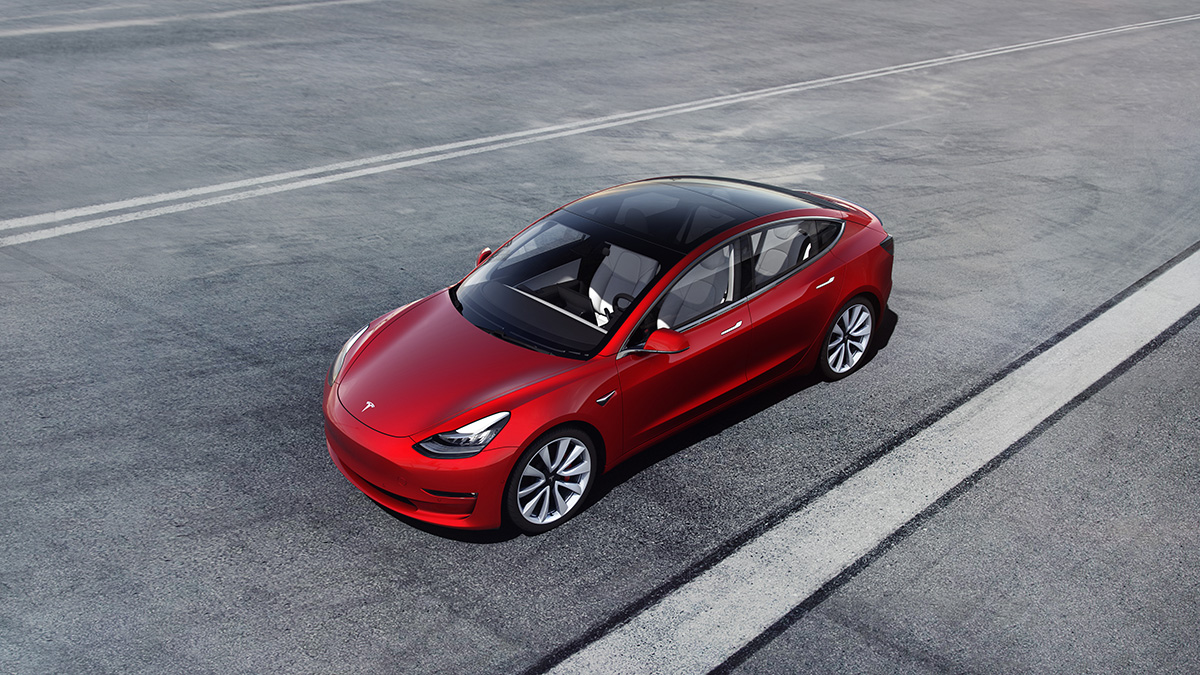 alt text
alt text
Full Self-Driving (FSD) is Tesla’s most advanced autonomous driving system, but it remains in beta testing, utilizing real-world driving data for continuous improvement. Launched in 2020, FSD receives regular updates and refinements.
FSD is a significant investment, costing $15,000 upfront or $200 monthly. Its key feature is the ability to stop and start at traffic lights and stop signs. Tesla envisions FSD as the future of door-to-door transportation, but it’s not fully realized yet. Drivers must remain attentive and prepared to take control, as the name “Full Self-Driving” can be misleading. The system is not yet capable of fully autonomous driving.
Despite the advancements, none of Tesla’s autonomous driving systems allow for hands-free driving.
Tesla Autopilot Controversies and Safety Concerns
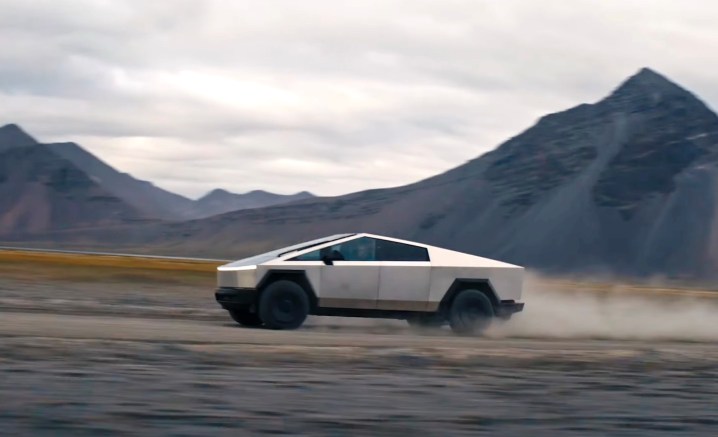 alt text
alt text
Tesla’s self-driving technology has faced scrutiny and investigations. In 2021, the National Highway Traffic Safety Administration (NHTSA) launched an investigation into Autopilot following several accidents. This investigation resulted in a recall of over 360,000 Tesla vehicles equipped with the FSD beta. The NHTSA identified potential safety risks, including unsafe actions at intersections and failure to stop appropriately.
Tesla emphasizes that all self-driving features require a “fully attentive driver.” The owner’s manual explicitly states that drivers should not rely on Autosteer for navigation and that it is a “hands-on feature.” While Tesla emphasizes the importance of driver engagement, adherence to these guidelines varies among drivers. It’s crucial to understand that no Tesla is currently capable of fully autonomous driving.



